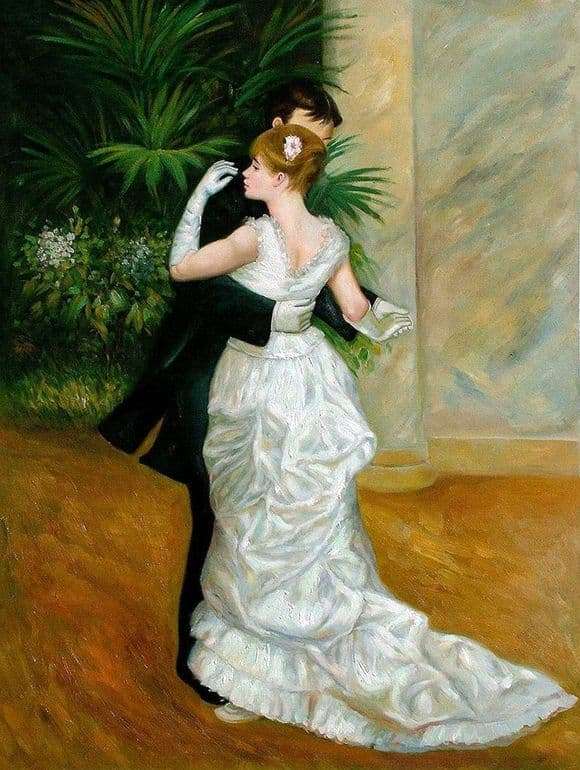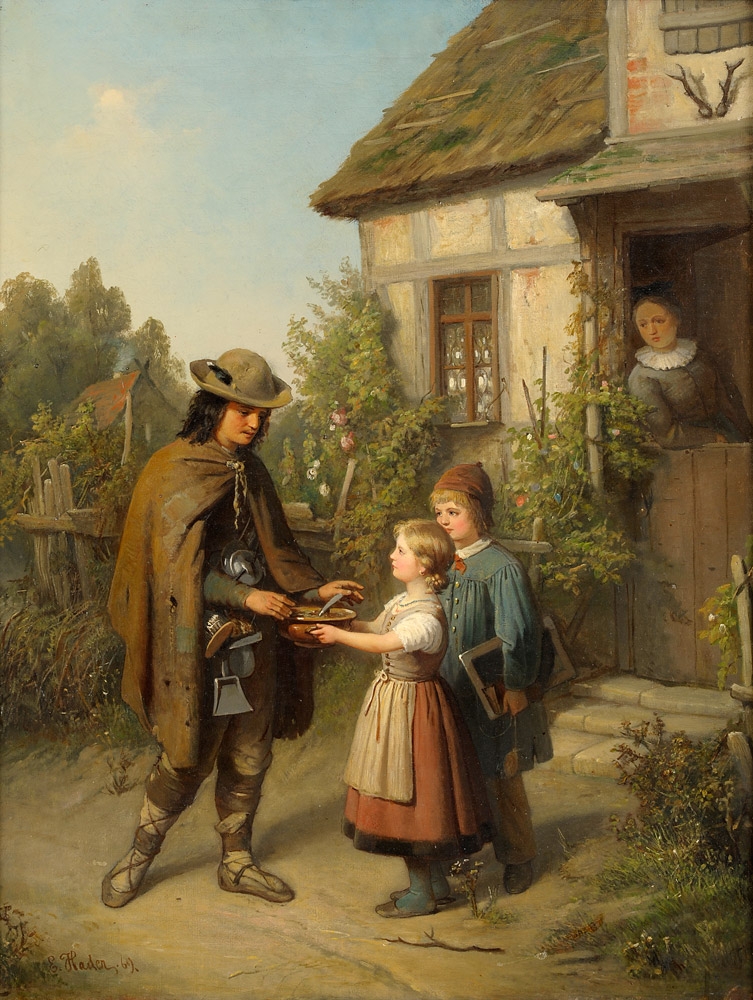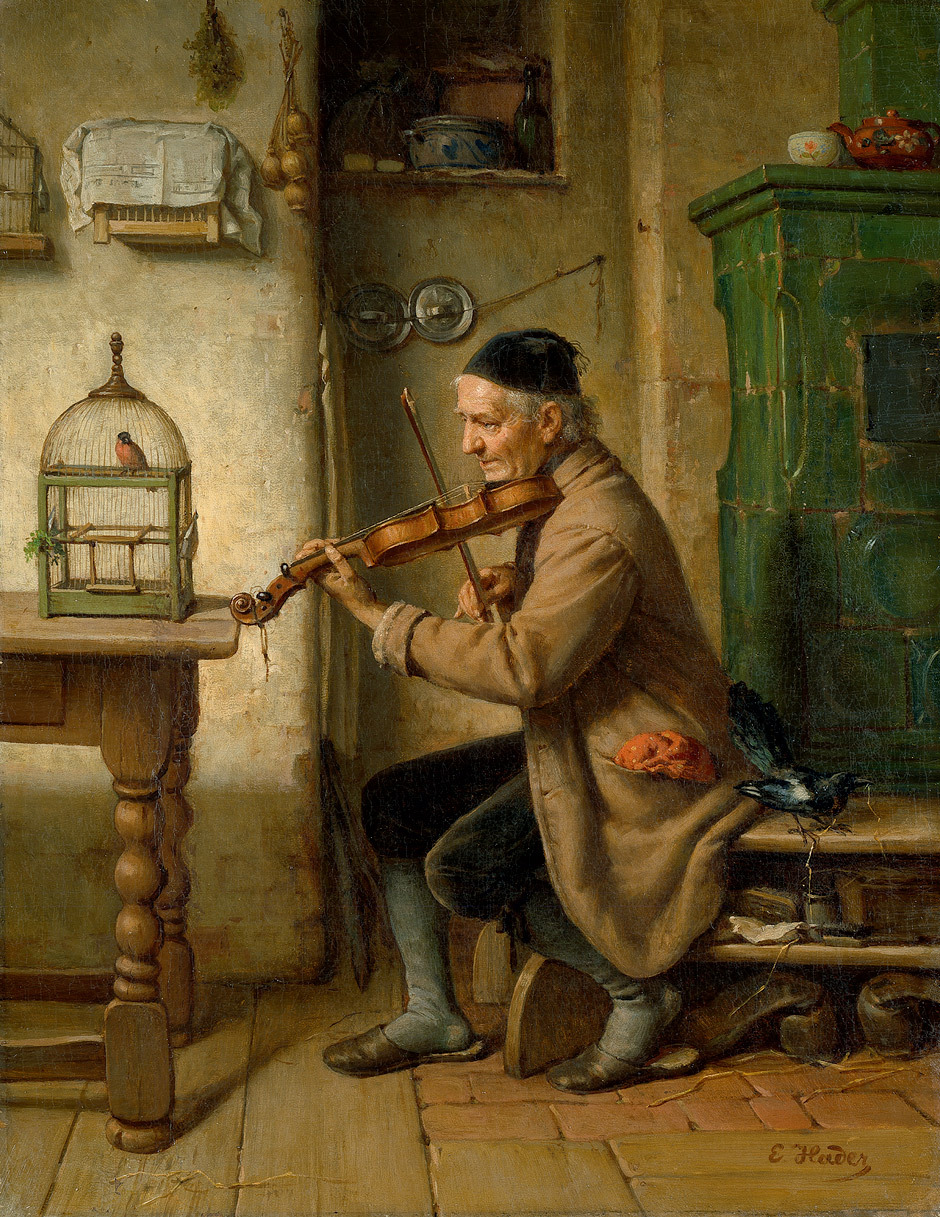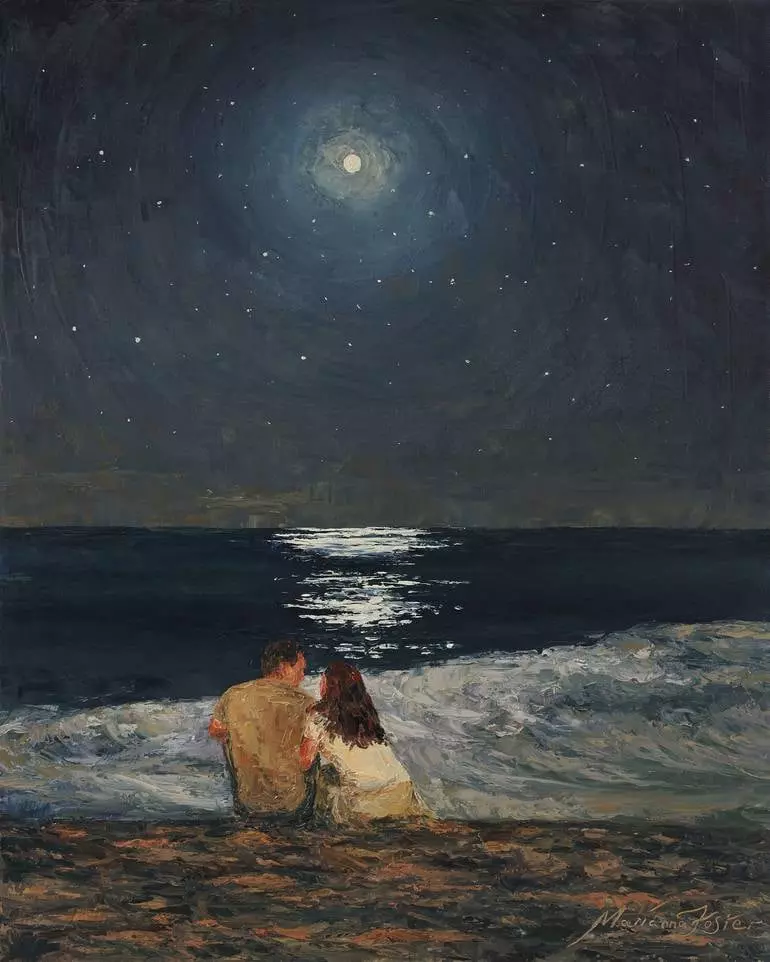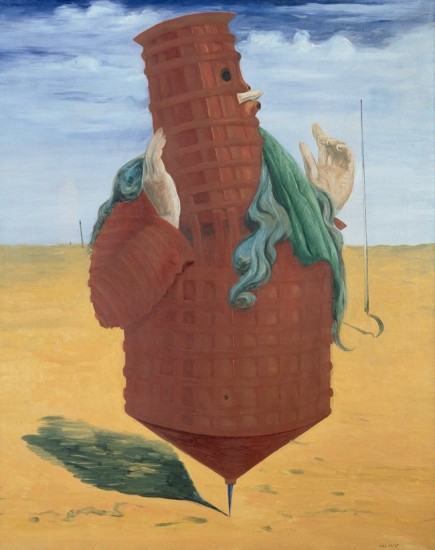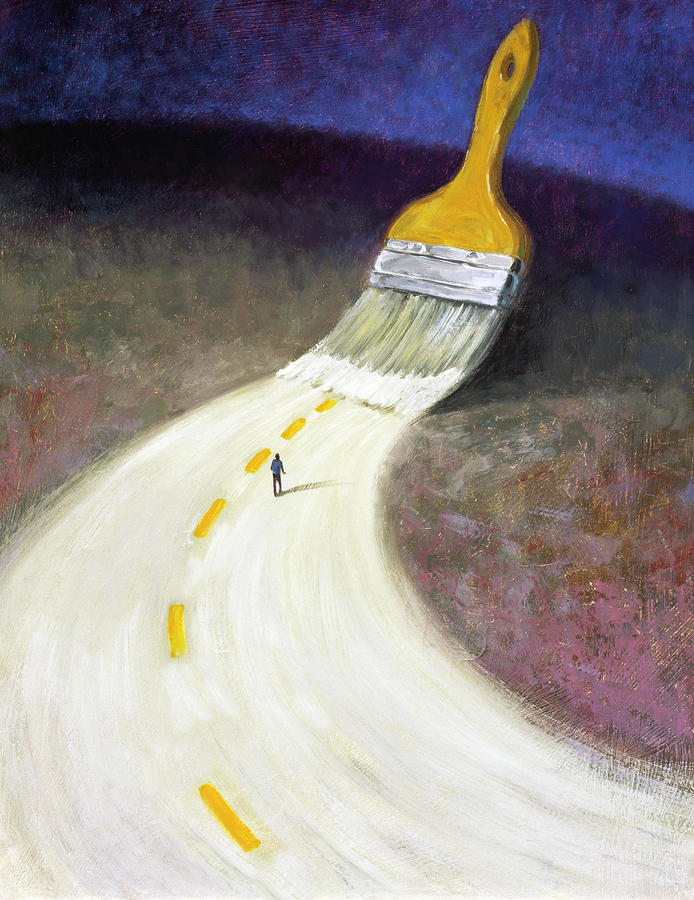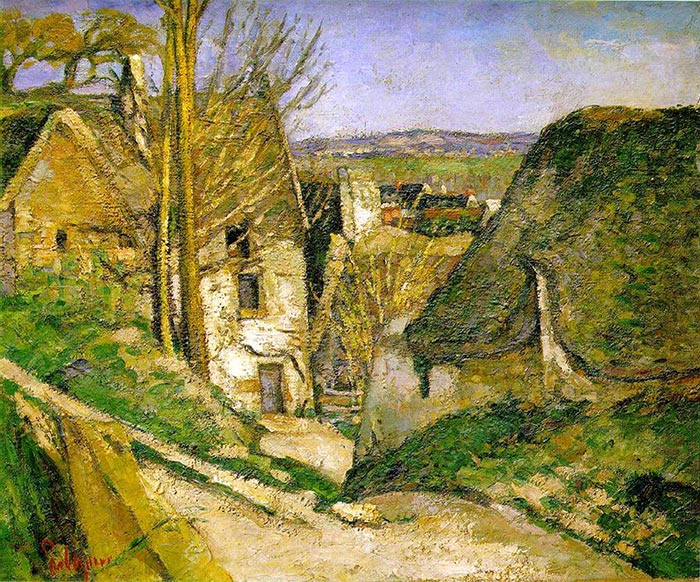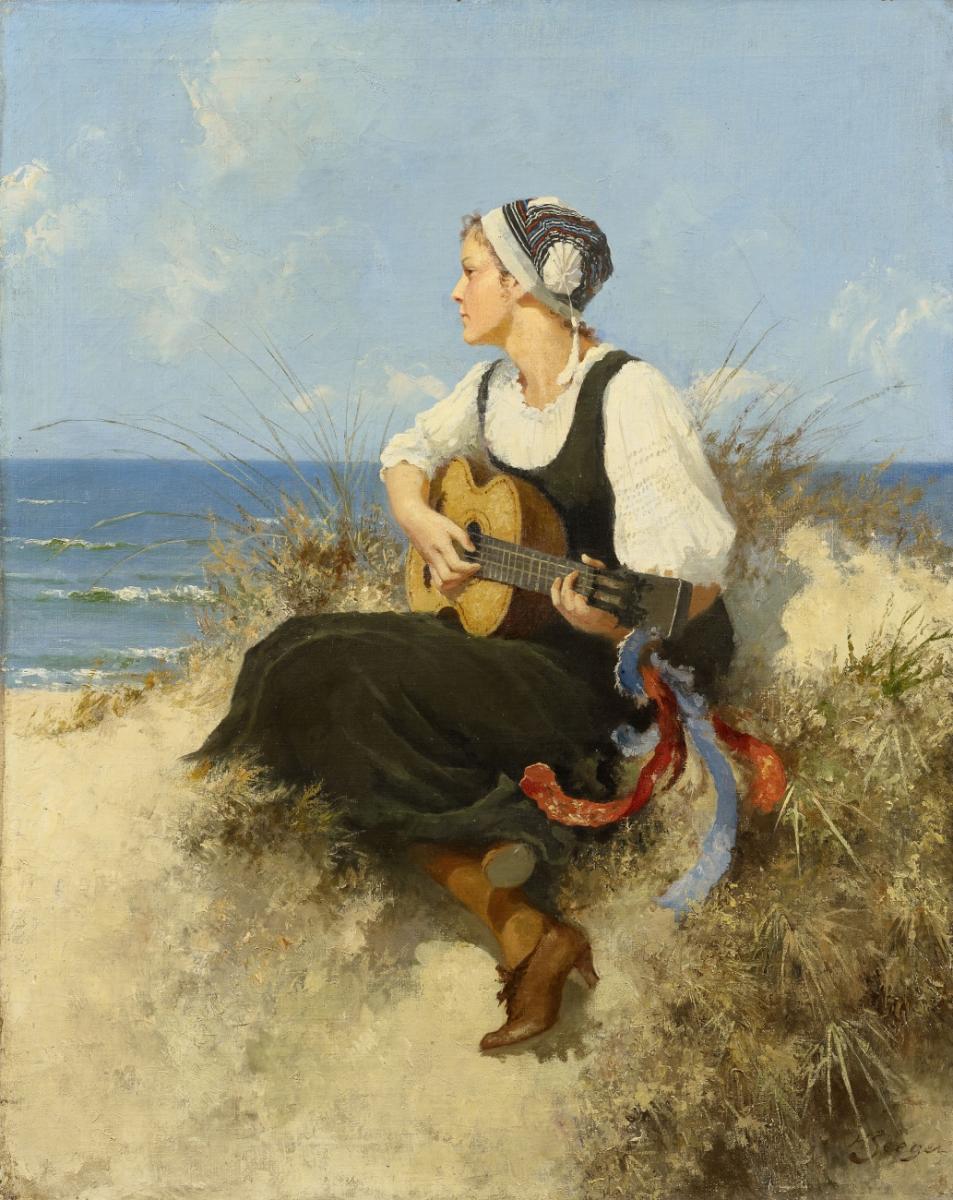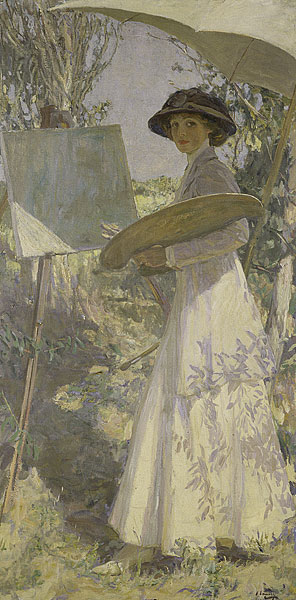Details Title: Dance in the city (Danse À La Ville) Artist: Pierre Auguste Renoir Published: 1883 Style of art: Impressionism Location: Musée d’Orsay, Paris, France Dimension: 179.7 x 89.1 cm Oil on canvas A very fashionable Parisienne woman, waltzing with her dance partner, dressed in the latest neoclassically draped evening style of young women, in a winter ball. Pierre Auguste Renoir is one of the brightest representatives of Impressionism style of art. Dance in the city was painted by order from one of Renoir’s customer, Paul Durand-Ruel which he ordered three paintings that depicted a dancing couple. The dancers were completely transformed in each of these places. All the canvas depicts a couple dancing a slow dance which shows an intimate and loving moment. The artist took such a proposal with great interest as he was already well acquainted with this topic. However, this time, Renoir decided to create slightly different from his usual paintings, all of them dancing looked completely different, but it was the same pair. In this painting, an elegant couple dances near the marble columns, and the look of a man and a woman is exceptionally elegant as the couple dressed in a classic that shows luxurious. The man carefully hugs his lady, but his whole pose is full of gallantry and attention. The coquette is extraordinarily beautiful – a gentle blush on round cheeks, an upturned nose, beautiful eyes. Graceful hands emphasize the beauty of the movements. To top it all, this painting it describes a silent melody and a beautiful, young couple enjoying their night out without any interruptions of other, as if there is no one just them.
Category: Paintings
Ernst Hader Paintings
Title: Der Wanderhänder Artist: Ernst Hader Published: 1869 Dimension: 70 x 53 cm Oil on canvas Title: Öffentliche Verlaudbarung Artist: Ernst Hader Published: 1922 Dimension: 50 x 39 cm Oil on canvas Title: Auf dem Korridor Artist: Ernst Hader Published: Before 1922 Dimension: 66 x 52 cm Oil on canvas
Ernst Hader Music for the bird
Moonlight over the ocean
Moonlight over the ocean Marianna Foster (Ukraine, 2019) This painting was produced by Marianna Foster, whose born and educated in Ukraine, which later on she was relocated to Phoenix, Arizona in 2012 along with her husband and two little children. Moonlight over the ocean is about infinity – infinite beauty and power of the ocean, infinite breathtaking and stunning beauty of the moon and stars that shines so bright at night, and it’s also about the infinity of true love – two souls fall in love, as if there is nothing else but the yearning to be close to the other. Title: Moonlight over the ocean Artist: Marianna Foster Published: 2019 Oil on canvas
Ubu Imperator Max Ernst
Paint the Future
Paint the Future What is the story behind? Paint the future was painted by Andrew Judd, Canadian painter and illustrator, graduated from the Ontario College of Art in 1979. He is known as an Art Director, Illustrator, and Painter. Among his carrier, he also holds workshops and teaches privately. Andrew’s illustrations are used by advertising design and marketing companies around the world. Paint the future painting is the metaphorical journey of the lone artist, Andrew Judd following his instinct and painting the future. In his point of view, the journey of life is more important than the destination itself. He believe that paint is magic, it takes us into the world of realism and imagination. It is indeed, a very two different world apart. But somehow, both has it’s own way But somehow, both has it’s own way to show people what it’s like to walk along on it’s road that we will be facing. It also makes us to think of the journey, the whole process before we set ourselves on it’s destination. The painting depicts a man choosing his path and follows the color. It describe as if he has made up his own mind and walk slowly towards his future, the one thing he hasn’t sure what is ahead of him, but will enjoy the ride anyway. It is actually quiet interesting because the story behind it has a deep meaning, especially about life. The last thing that makes this painting interesting is that there is only one man, alone in the road with no one but himself. It describes how we, as human has every right to choose our own path at every given moment. Title : Paint the Future Artist : Andrew Judd Date : 2009 Medium : Oil on Canvas
Impressionist by Paul Cézanne
The Hanged Man’s House The story behind the painting The Hanged Man’s House (The House of the Suicide) was painted by Paul Cézanne in a small town north of Paris, Auvers-sur-Oise. It illustrated his conversion to Impressionism as he used the pale colours and broken brush strokes to this painting. Gone are the dark colours, this painting shows a different characters from his earlier works. The painting also shows a change in subject matter, such as his chosen theme as well as the techniques. Despite his debbling in the world of Impressionism, he put some unique touches that set his paintings apart from other artists. It is shown in the complexity of the composition along with it’s characteristics. There is no single strong focal point, instead several paths moved in different directions, encouraging the viewers eye to follow it’s path when one looks at the painting. The painting depicts a picturesque cottage situated in Auvers near the Rue de Four. It also depicts a landscape devoid of human presence, an abandoned and isolated place, with cracked walls. The branches of the trees and starkly angling off to the top, depict a sense of confusion. The brush strokes are broken. It is thicker than the standard, showing an overall impression of having been plastered with paint. The lack of people, the village, the stiff, and the cool colours in the painting seems utterly deserted – perhaps creates a strong sense of solitude. The Hanged Man’s House was exhibited at the First Impressionist Exhibition which is held in 1874, a year after the painting was created. Today, it is on display in Paris at the Musée d’Orsay, Paris, France, alongside with Cézanne’s other great artworks. Title: The Hanged Man’s House Artist: Paul Cézanne Date: 1873 Style: Impressionism Period: Impressionist period Genre: Landscape Oil on Canvas
Hermann Seeger Painting
Young woman with a guitar on a beach painted by Germany artist, Hermann Seeger Hermann Seeger was the 19th century painter from Halberstadt, Germany. He is known for his depictions of the Baltic Coast landscapes. He often used his daughter Hildegard and Ilse as his object in the beach scene. Until today, the year of the painting above remain unknown as well as the story itself. Artist: Hermann Seeger (1857-1945) Title: Young woman with a guitar on a beach Oil on canvas
Impressionist Painting
Sir John Lavery
